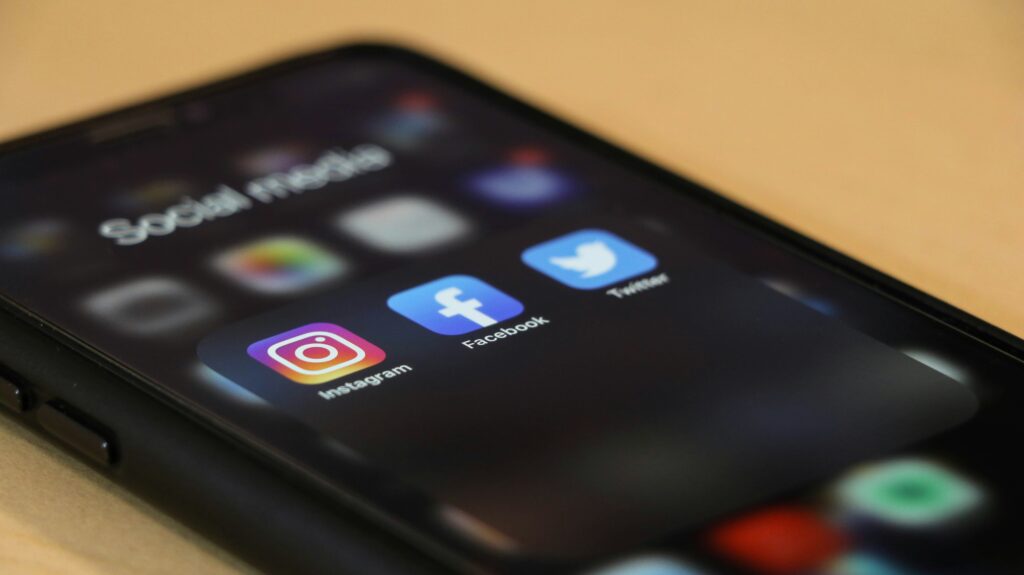Fun Nights in Portugal’s Cities and What to Expect
The cities come alive when the sun sets in Portugal. You may know Portugal for its beautiful beaches and old history, but its nightlife is exciting too. From Lisbon’s bright hills to Porto’s rivers by the water, each city shows its own vibe at night. Nighttime in Portugal is made for going out and exploring, not staying indoors. You’ll hear music from cosy bars, see streetlights shining on old stone walls, and smell delicious food cooking in the narrow streets. Lively streets and local vibes after dark n Lisbon, the streets of Bairro Alto shine with lanterns, and you can hear fado music from small bars where singers sing with feeling. In Porto, the Ribeira area shows the city lights sparkling on the Douro River, with cafés along the river where people drink wine and stay late. In Coimbra, the city feels young and lively, with students filling the squares with laughter, music, and fun meetings. In all these cities, the atmosphere is friendly and relaxed, with a nice mix of energy and calm so you can enjoy everything. Street performers make quiet streets come alive with music and exciting fire dancing. Outdoor cafés are where locals and visitors sit together and have conversations. Small festivals often happen, filling the streets with bright colours, dancing, and music. For comfort, wear shoes good for walking on cobblestones and try local snacks. The pastel de nata tastes best warm at night. Dancing, music, and meeting new friends The night is full of music for everyone in Portugal. You might be in a small, quiet bar where a guitarist plays slow, emotional fado songs. A little further away, a busy club plays fast electronic music with colourful lights shining on people dancing. During festivals, you can hear traditional folk songs in the streets. On rooftop bars, cheerful pop music plays as you look out over the city. Here, nightlife is about people as much as music. In one night, you might sit with locals who want to tell you their favourite places, or talk with travellers from other countries. To fit in, say “Olá” with a smile and enjoy the slow, relaxed nights. Parties often start late, and dancing goes on past midnight. Be open to new experiences, but stay safe as you move from place to place. Tasty bites and late night treats Food plays a big part in Portugal’s nightlife and fills every evening with delicious flavours. Petiscos are small dishes to share, like marinated olives, smoky chouriço sausage, and creamy codfish spread, all eaten with fresh bread. Grilled sardines, fresh from the sea, cook over open flames and smell wonderful as you take a walk down the streets. For something sweet, pastel de nata is a warm, creamy custard tart that is perfect at the end of the night. These are part of the special feeling that a Portuguese night out gives. You can find these tasty foods at busy night markets, street stalls, or small family restaurants in narrow streets. Many locals like to drink vinho verde, a fresh young wine, or sangria with fresh fruit. If you want something lighter, you can choose fresh fruit juice or herbal tea. Whether you stop at a simple street seller or a small, friendly pub, you join a tradition of eating slowly and talking late into the night. Try at least one local special dish. In Portugal, a night out is not done without food or drink that shows the true taste of the country. Making special memories after sunset Nights in Portugal show you the heart of the country. Every evening brings music that touches you, tastes you will remember, and friendships made under the streetlights. Walking in the city at night lets you feel the warmth, friendship, and special moments. Each city in Portugal is special at night. Lisbon is filled with the deep sounds of fado music. Porto shines quietly by the Douro River. Coimbra is lively with students laughing and having fun in the squares at night. Visiting more than one city lets you see different sides of Portugal, each with its own life and style. When you leave, the music and friendly voices will stay in your heart long after your trip. In Portugal, the night is not just rest—it is a time to enjoy and celebrate life. The night is not only for sleeping—it is also for living. Start your plan to move to Portugal today by picking the best programme from Global Visa Support to help you do it: https://globalvisasupport.com/portugal.html. Don’t wait—contact Global Visa Support today for expert help to move to Portugal: https://globalvisasupport.com/contact.html.
Fun Nights in Portugal’s Cities and What to Expect Read More »


